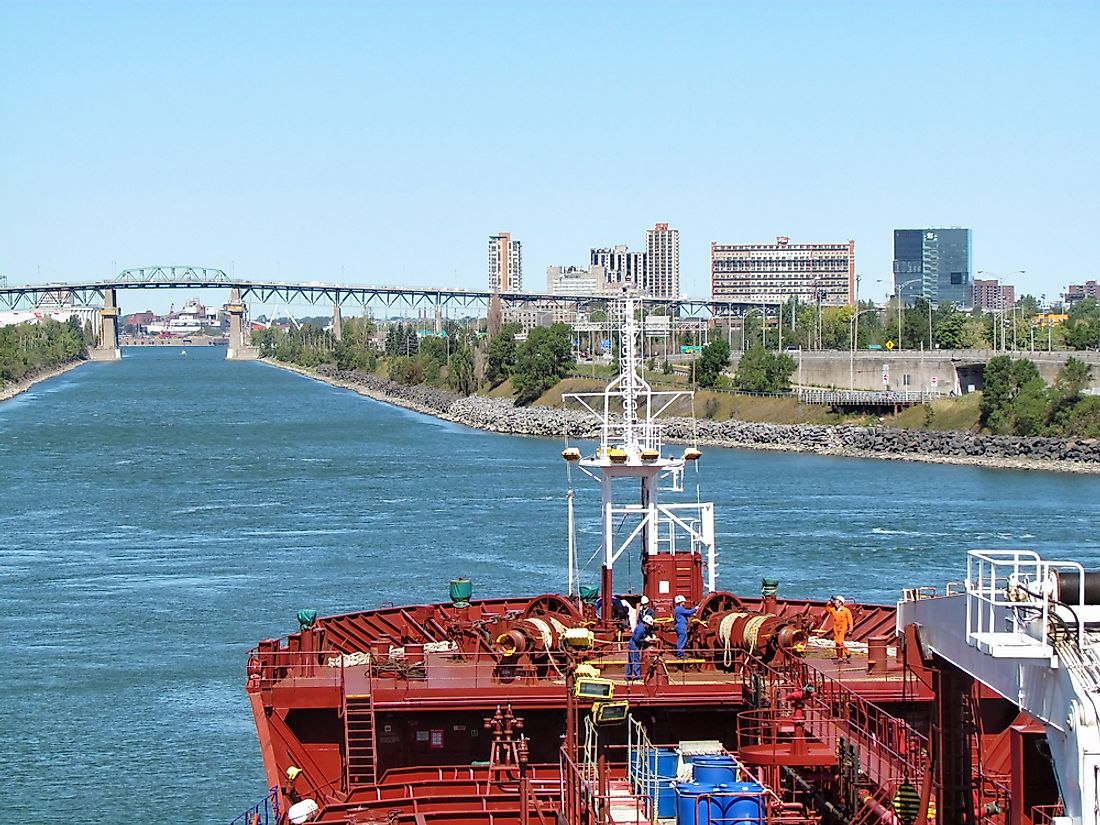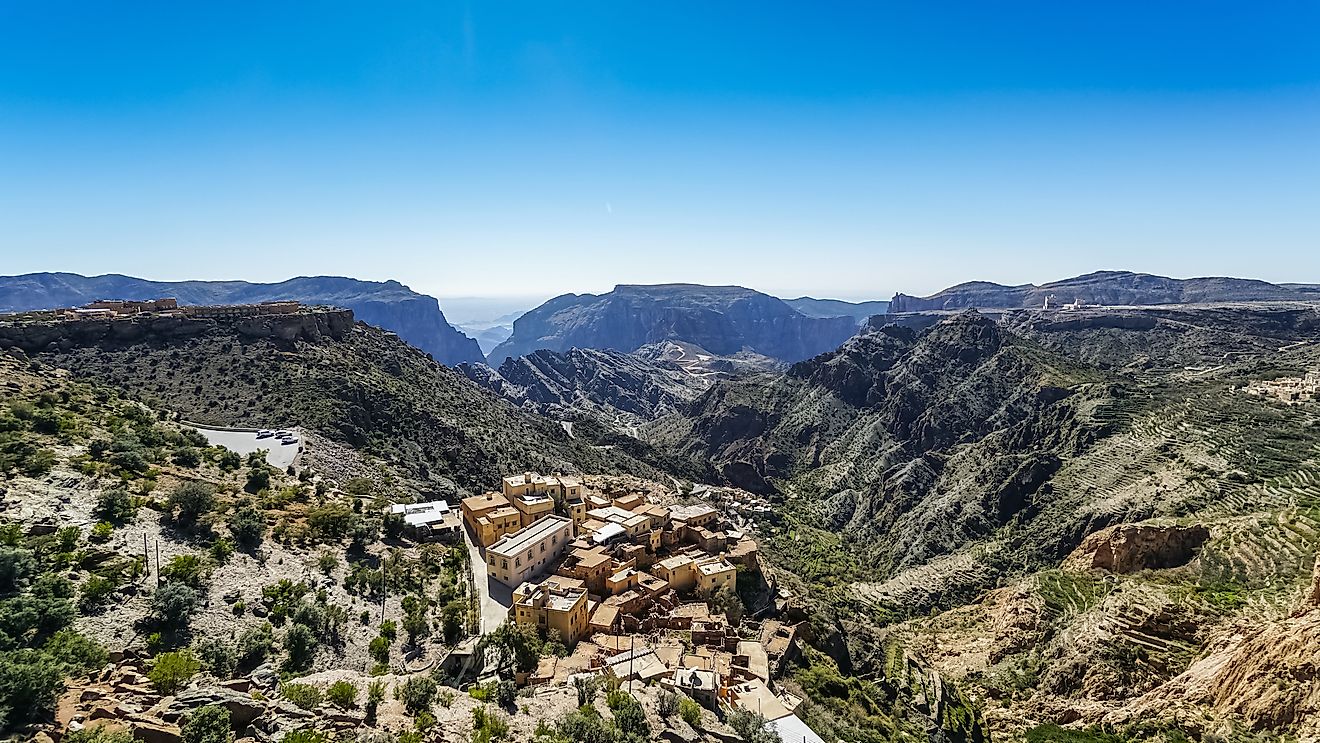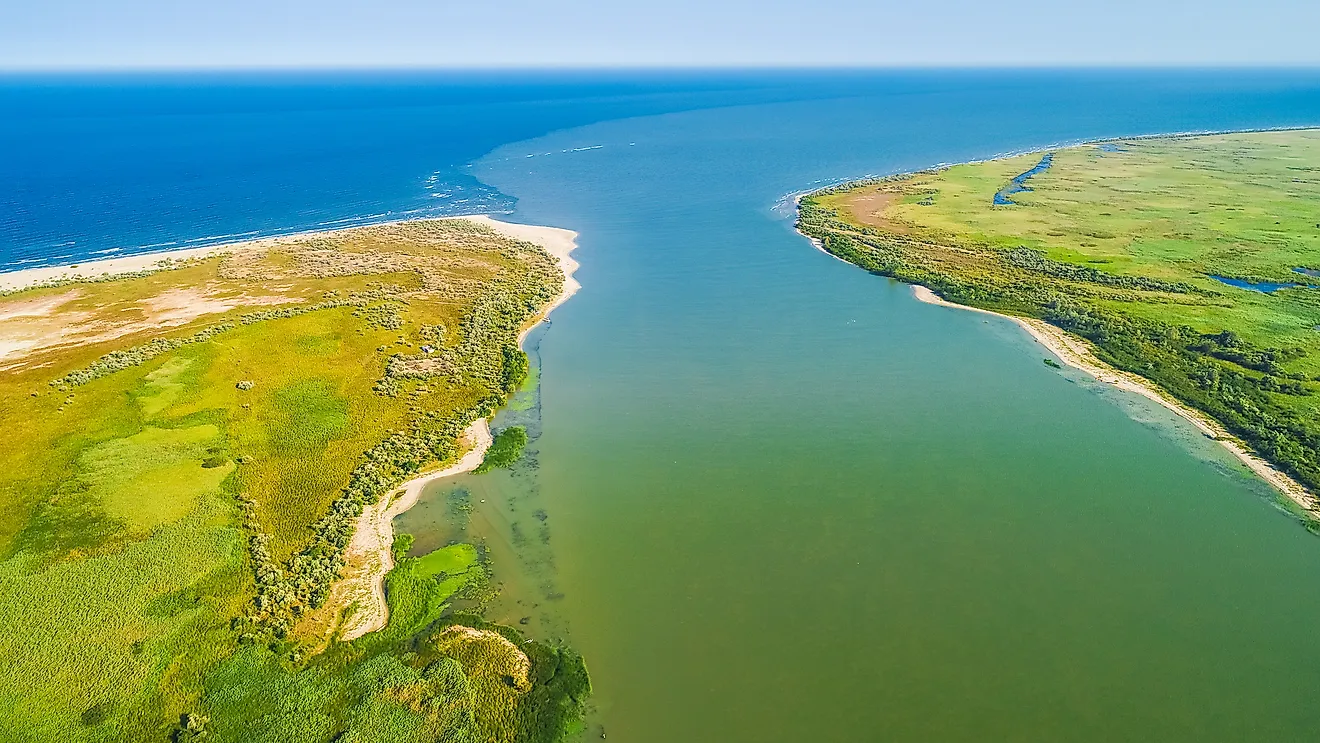What is the Saint Lawrence Seaway?

What is the Saint Lawrence Seaway?
The Saint Lawrence Seaway is a system of channels, canals, and locks that allow ships from the Atlantic Ocean to access the Great Lakes as far as the western parts of Lake Superior. The seaway is named after the Saint Lawrence River which originates from Lake Ontario and drains into the Atlantic Ocean. It extends from Montreal through Quebec and Lake Erie including the Welland Canal. The upper parts of the Seaway consist of several stretches of channels, locks, and canals along the banks of Saint Lawrence River. The St. Lawrence Seaway Management Corporation in Canada and the Lawrence Seaway Development Corporation in the US both manage the seaway and officially refer to it as of "Highway H2O". The seaway is about 2,500 miles long including the lengths of the lakes. Its construction began in 1954 and ended in 1959.
Description Saint Lawrence Seaway
The seaway system is divided into three sectors. The Great Lakes are located upstream and are interlinked by a broad network of canals which allow ships to move from one lake to the other. At the center, from the eastern part of Lake Ontario near Kington town, Canada, to the Île d'Orléans near the city of Quebec, the water flows normally following its natural course. As the seaway flows towards the Cabot Strait located between Nova Scotia and Newfoundland, it broadens again at the St. Lawrence estuary and the Gulf of St. Lawrence. The distance from the Gulf of St. Lawrence to the Lake Ontario consist of a series of locks and canals that allow ships of up to 740ft in length, 78 ft. in width and 570ft in height to sail to Lake Ontario.
Construction of the Seaway
The seaway was constructed between 1954 and 1959. It is considered one of the largest civil engineering feats in modern history. For five years 22,000 people used enough cement to construct a 1000-mile highway and enough steel to girdle the Earth to bring the seaway to life. Close to 6,500 people were relocated, several bridges were raised, tunnels and channels were dug, and several dikes were constructed. Fifteen locks had to be built along the seaway to lower and raise ships a total of 557ft. The lock system is considered the world's greatest and takes about seven minutes to fill or empty a single lock. The total project amounted to C$470 million, $336.2 million of which was paid by the Canadians who also earn three-quarters of the revenue generated from the seaway.
Economic Impact
The seaway is of great economic impact to the US and Canada. About 50 million tons of cargo moves through the seaway annually half of which travel to and from Africa, Europe, and the Middle East. The other half consists of goods moving from one port to the other within the coastal cities of North America and Canada. Lakers are the major vessels that use the Saint Lawrence Seaway. They transport grains from North America particularly the port of Quebec to the world market. Canadian iron ore and coal are also the major goods shipped through the seaway.











